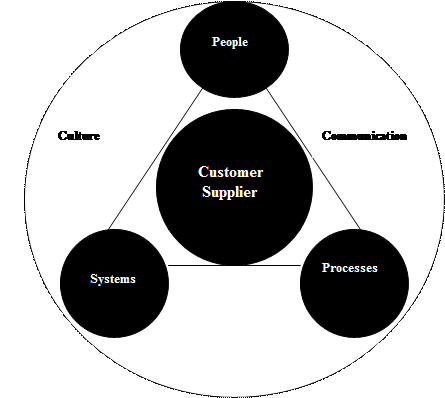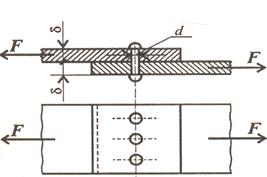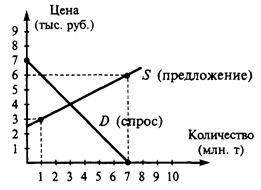TOTAL QUALITY MANAGEMENT
The aims of this unit: · to make you think about the role of Quality Management System in global competitive markets; · to analyse basic characteristics of TQM; · to give description of the building blocks of TQM; · to explain the essential requirements of TQM; · to provide information on customer-supplier interfaces. START UP Try to define TQM using the information below.
TQM stands for Total Quality Management where Total – made up of the whole Quality – degree of excellence a product or service provides Management – act, art or manner of planning, controlling, directing,… Therefore, TQM can be defined as the _________ of managing the ___________ to achieve _________. READING 1 Read the text and match the headings to the number of the section.
a. culture change b. definitions of TQM and the characteristics of TQM c. customers and suppliers (internal and external) d. the building blocks of TQM e. the essential requirements of TQM – commitment and leadership f. quality management and company competitiveness
1. ____ In the past two decades many organizations throughout the world have been under tremendous pressure. Some have been battered by international competition, others by new entrepreneurial companies that redefined businesses, and yet others were seriously challenged by new technologies which created formidable alternatives to their products and services. Some leading companies have changed rapidly. While some of the new companies have become major players, other companies are still engaged in daily battles for survival, and many other companies have disappeared. During these years there has been an increasing global emphasis on quality management. In global competitive markets, quality has become the most important single factor for success. Quality management has become the competitive issue for many organizations. Juran has gone so far as to state that, “Just as the twentieth century was the century of productivity, the twenty-first century will be the quality century.” (Juran………) 2. ____ There are many definitions of total quality management around. Some define total quality management in a way different to some others. But in general definition of total quality management should contain the following characteristics: - TQM is a customer focused approach; - aims at satisfying customers or delighting them; - provides best quality at lowest price; - it is company wide strategy; - involves everyone in the organization; - prevention of defects is the way and the target is zero defects; - total quality management is methodical; - it is based on information; - it is a continuous process. So TQM can be defined as a process and philosophy of achieving best possible outcomes from the inputs, by using them effectively and efficiently in order to deliver best value for the customer, while achieving long term objectives of the organization. A nother way to put it- TQM is the way of managing for the future, and is far wider in its application than just assuring product or service quality – it is a way of managing people and business processes to ensure complete customer satisfaction at every stage, internally and externally. TQM, combined with effective leadership, results in an organisation doing the right things right, the fist time, every time. At it’s simplest, TQM is all managers leading and facilitating all contributors in everyone’s two main objectives: (1) total client satisfaction through quality products and services; and (2) continuous improvements to processes, systems, people, suppliers, partners, products, and services. The core of TQM is the customer-supplier interfaces, both externally and internally, and at each interface lie a number of processes. This core must be surrounded by commitment to quality, communication of the quality message, and recognition of the need to change the culture of the organisation to create total quality. These are the foundations of TQM, and they are supported by the key management functions of people, processes and systems in the organisation.

|




